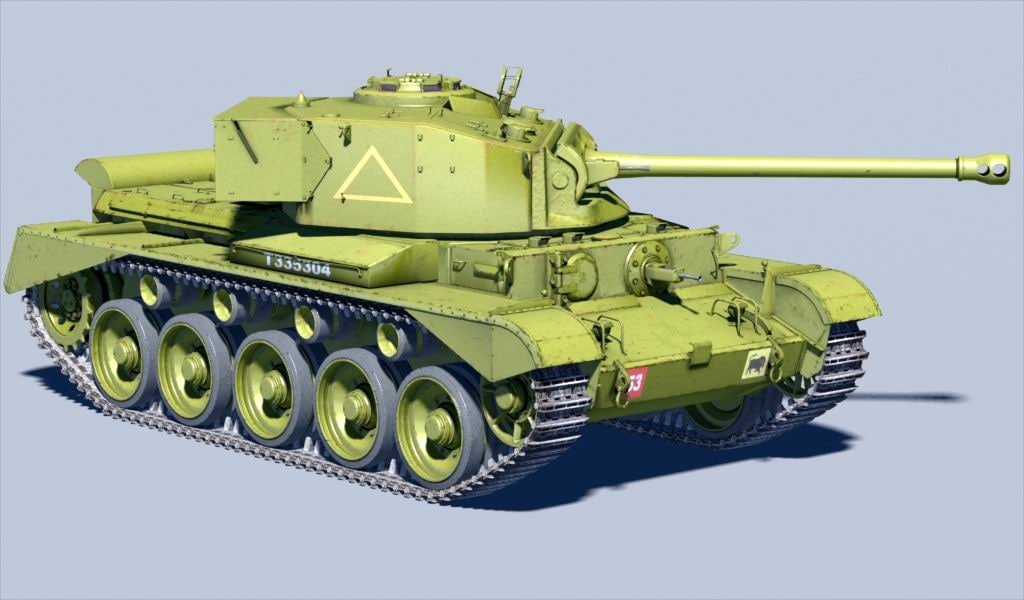

The track return was supported by four rollers. The drive sprocket was at the back while the idler was at the front. This weight was supported on a Christie type suspension with five road-wheels. The Comet weighed 33.53 tonnes (32.7 long tons). This engine was derived from the Merlin engine which was used on the famous Spitfire fighter plane and gave the tank a top speed of 32 mph (51 km/h). It was powered by the Rolls Royce Meteor Mk.III 600hp V12 petrol engine. It set a trend in tank design that would be followed by the world’s next generation of tanks, the Main Battle Tank or ‘MBT’, as it had a balanced blend of armor, mobility and firepower. It was designed in 1943 and entered service in 1945, towards the end of the Second World War. Photo: The Curragh The CometĮssentially, the officially named “Tank, Cruiser, A.34, Comet”, was an upgrade to the Cromwell cruiser tank. Cavalry Officer trainees are taught about the Come by an instructing Lieutenant, early 1960s. The Comet was the polar opposite of both vehicles, and was the most technically advanced tank then in service with the Irish cavalry. In 1958, the Cavalry Corp (Irish: An Cór Marcra) began to receive a small number of A.34 Comets which, like the preceding Churchills, were purchased from the British War Office. The tanks to follow these, four Mk.VI Churchills, were slow thick-skinned leviathans. The Landsverk L-60, 2 of which were operated from 1934, were small and lightly armed. The tanks that the Republic of Ireland Defence Forces Cavalry Corps had previously operated could not be more different to the Comet.


 0 kommentar(er)
0 kommentar(er)
